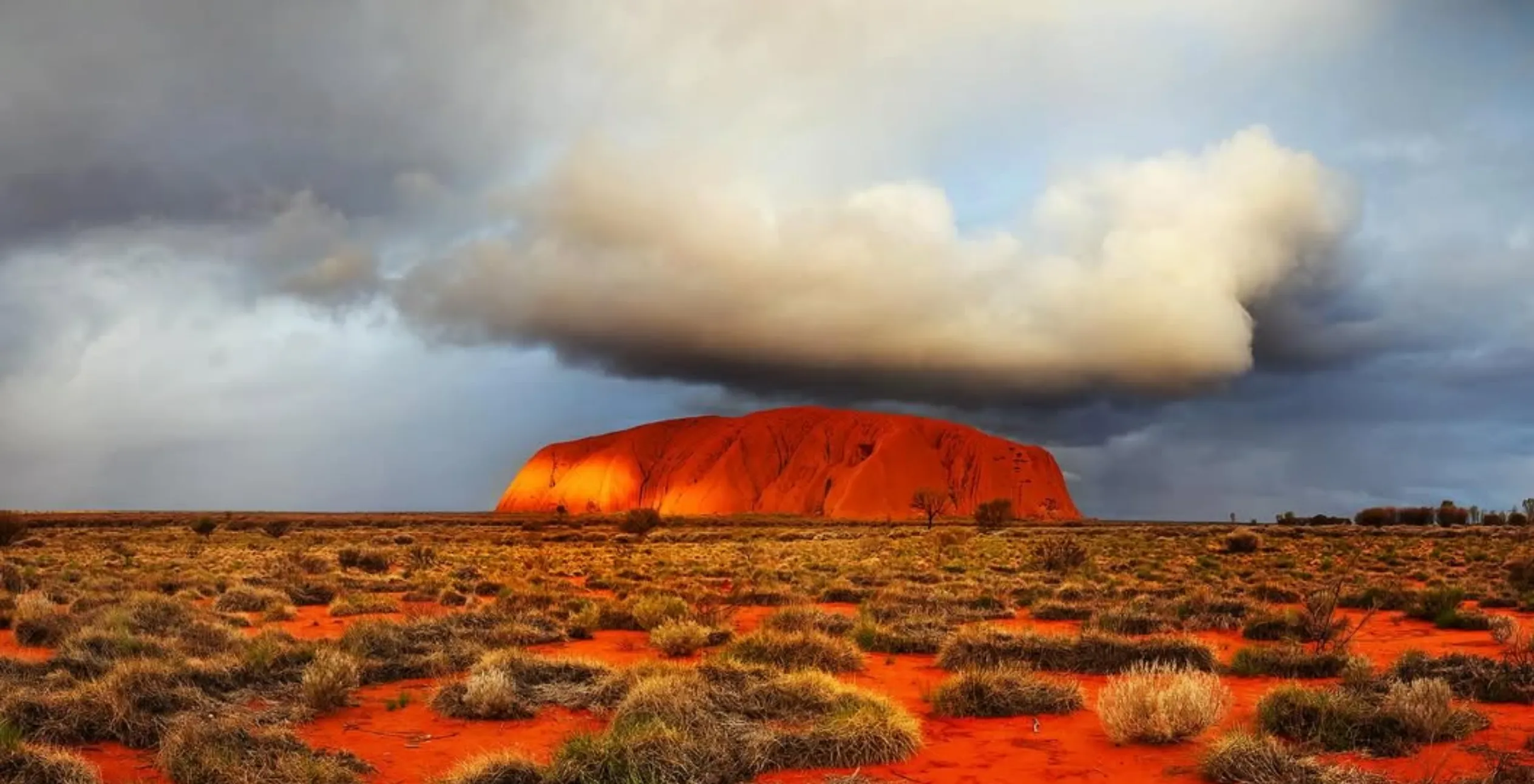Ayers Rock, also known as Uluru, is one of Australia’s red rocks, in the Uluru-Kata Tjuta National Park in Central Australia. This World Heritage Site is more than just a natural wonder, it’s a sacred site for the Anangu Aboriginal people, the traditional owners of the land. With its grandeur, visitors often ask: Can I touch Uluru? Let’s look at the cultural, legal and environmental reasons why.
Cultural and Spiritual Significance
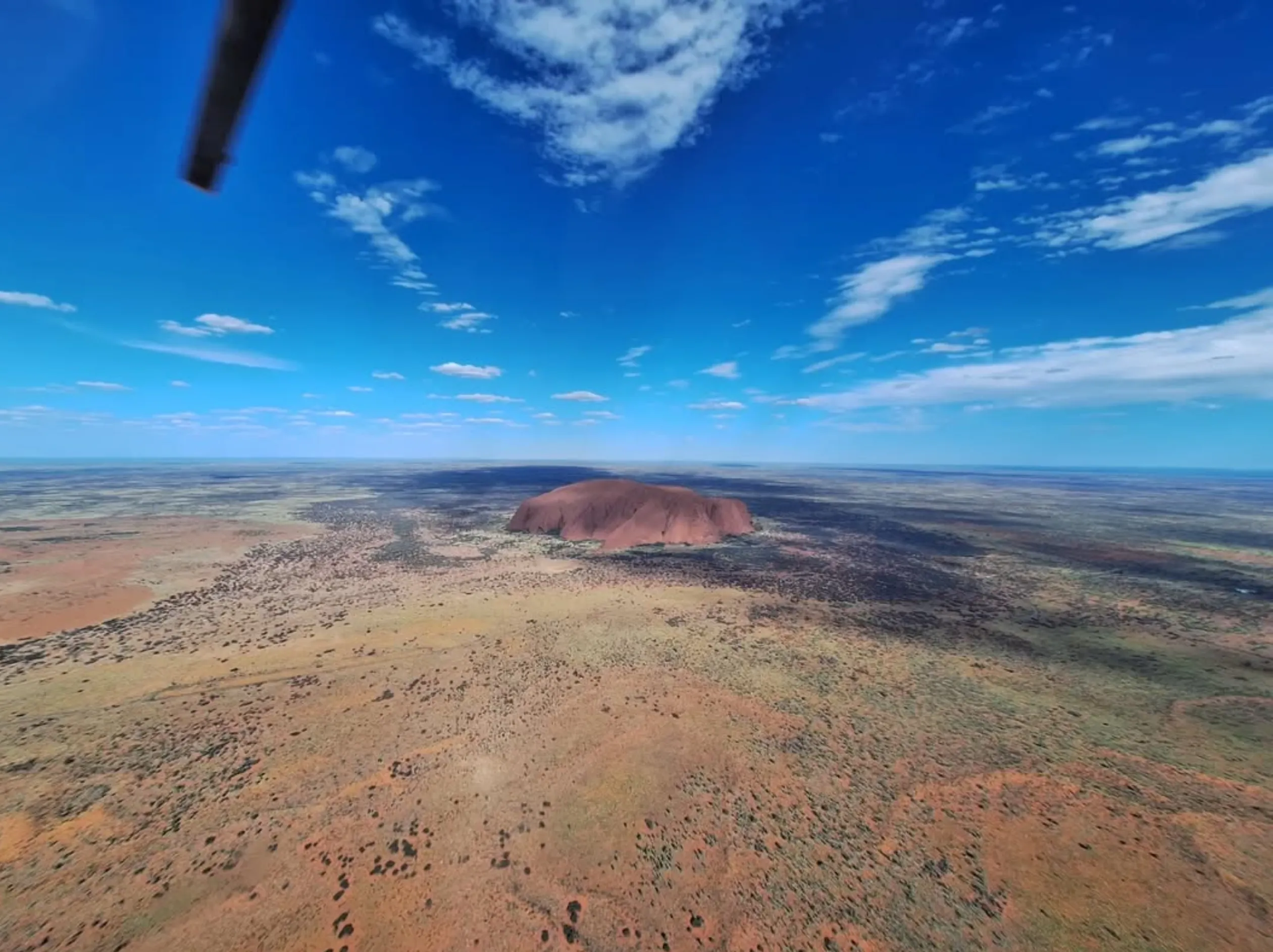
Uluru is at the heart of Aboriginal culture, connected to creation and ancestral stories that are the spiritual laws of the Anangu people. These stories passed down through generations highlight specific sacred sites around the rock that are of great cultural importance.
The Uluru-Kata Tjuta National Park Board, a joint management body with the Anangu and Parks Australia, looks after the natural and cultural values of this beautiful rock. Visitors are asked to view Uluru through the cultural landscape, some areas are off limits to protect its spiritual significance.
Can You Physically Touch Uluru?
Technically you can touch the base of Uluru, there are no physical barriers. Walking along the paths visitors may feel like laying their hands on the sandstone. But the Anangu people ask that visitors respect Uluru as Aboriginal land and not physically touch. It’s not illegal but culturally it’s not recommended.
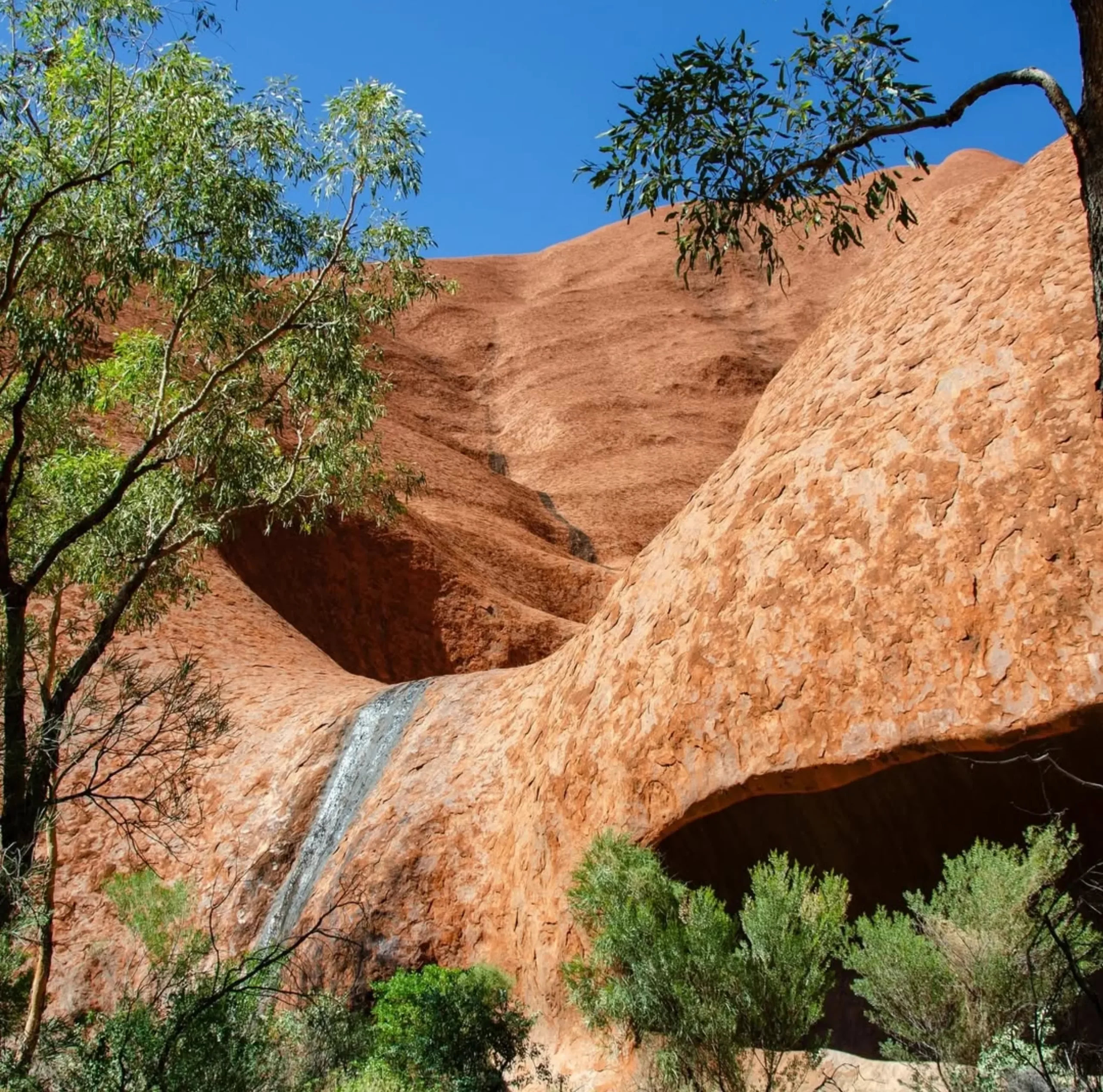
In 2019 climbing Uluru was banned – a big win for Indigenous culture and land rights. This decision not only honours the wishes of the Anangu people but also reduces damage to the rock art sites and the surrounding desert landscape.
Why Was Climbing Uluru Prohibited?
The ban on climbing Uluru was because of three reasons:
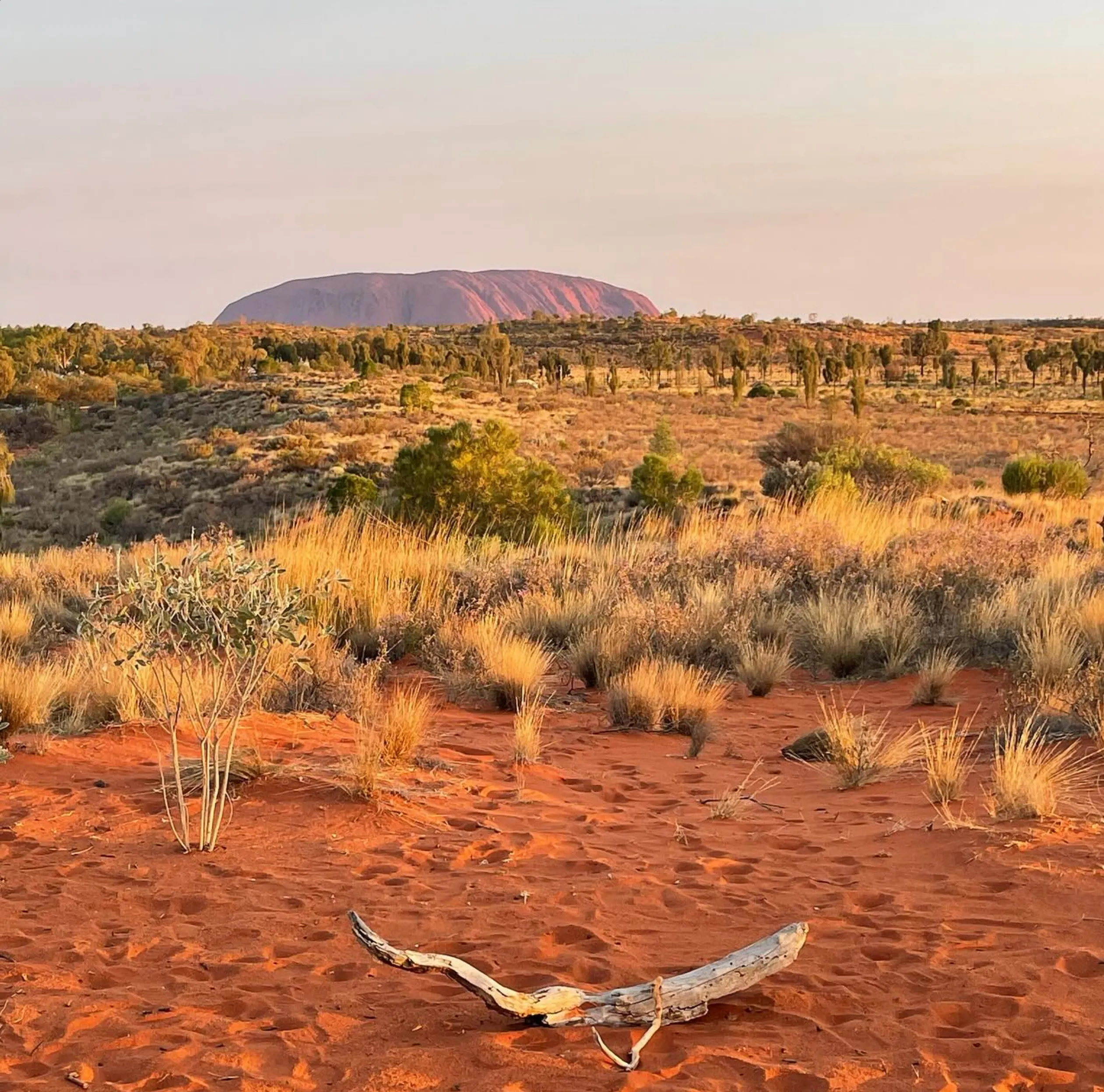
- Cultural Respect: Climbing desecrated the sacred sites of the Anangu Aboriginal culture.
- Environmental Preservation: Human traffic eroded the natural wonders and sand dunes around the rock.
- Safety: The climb was dangerous, several people had died over the years.
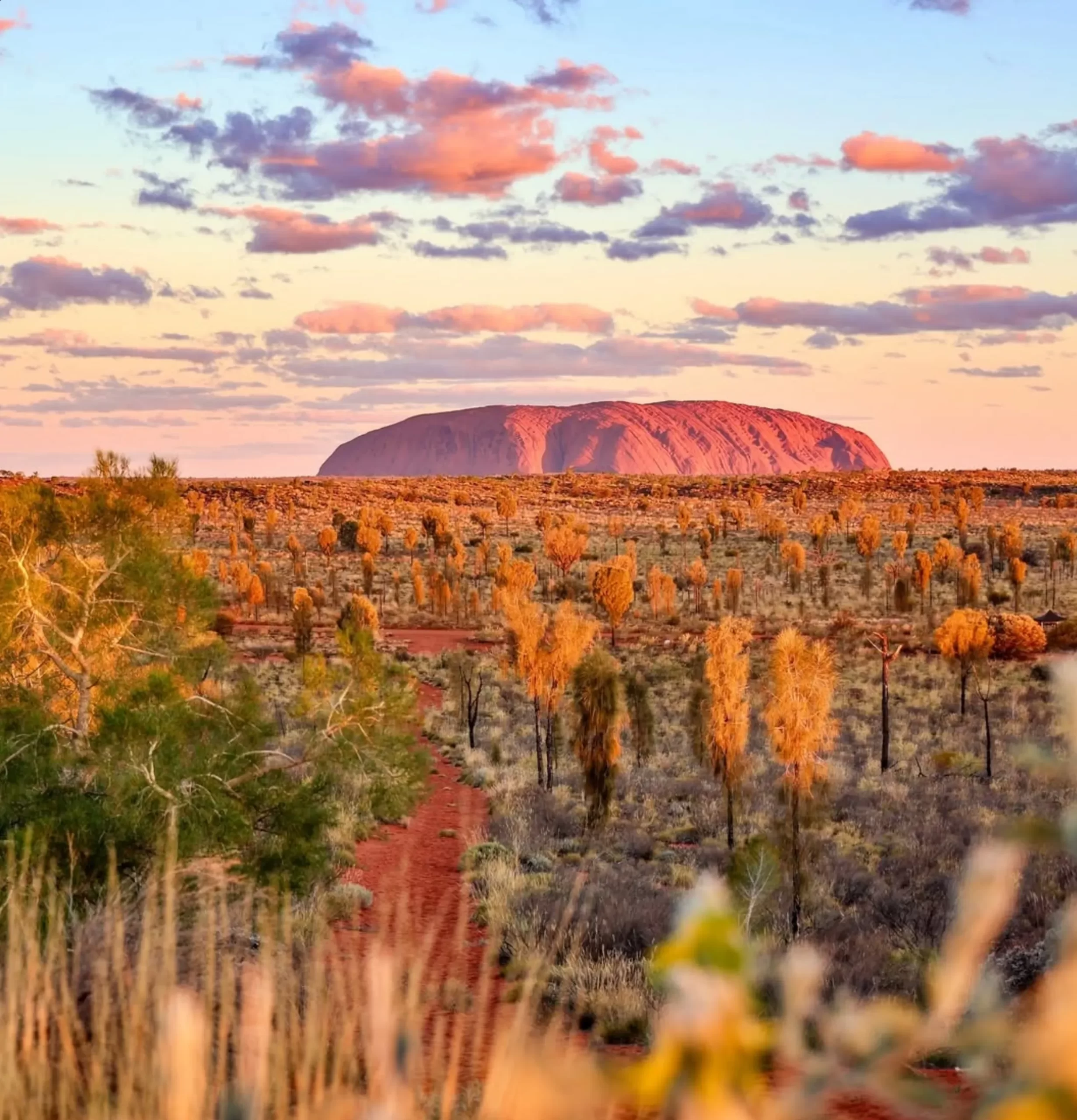
Today visitors can experience Uluru through real experiences like walking the base trail or the Tjuta Cultural Centre.
Alternatives to Touching Uluru
There are many ways to experience Uluru respectfully:
- Base Walks: Walk the 360 degree view of Uluru along the paths, see the rock up close and the ancient rock art.
- Cultural Activities: Visit Maruku Arts or the Cultural Centre to learn about Aboriginal stories, rock art and native plants.
- Field of Light Installation: See Bruce Munro’s world famous Field of Light, an art installation that lights up the flat desert landscape around Uluru at night.
- Outback Cycling: Ride Uluru on two wheels, with bike tours an eco-friendly way to get around.
- Ayers Rock Resort: Stay, dine and watch cultural performances at this resort nearby.
For a guided Uluru tour Autopia Tours has journeys that take you deep into the natural and cultural heart of Uluru.
Exploring Uluru-Kata Tjuta National Park
Beyond Uluru, the park is home to Kata Tjuta (The Olgas), another formation with immense cultural significance. The park offers diverse activities, from guided Uluru tours with park rangers to sunrise photography sessions capturing the beautiful monolith in shifting hues.
The park’s flat landscape, punctuated by dunes and scrub, creates an unforgettable Aussie outback experience. Whether you choose bicycle two-wheeled travel or a Harley Davidson ride, the natural experiences here are unmatched.
How to Travel
Uluru-Kata Tjuta National Park is serviced by direct flights to Ayers Rock Airport with Virgin Australia from major cities.
Conclusion
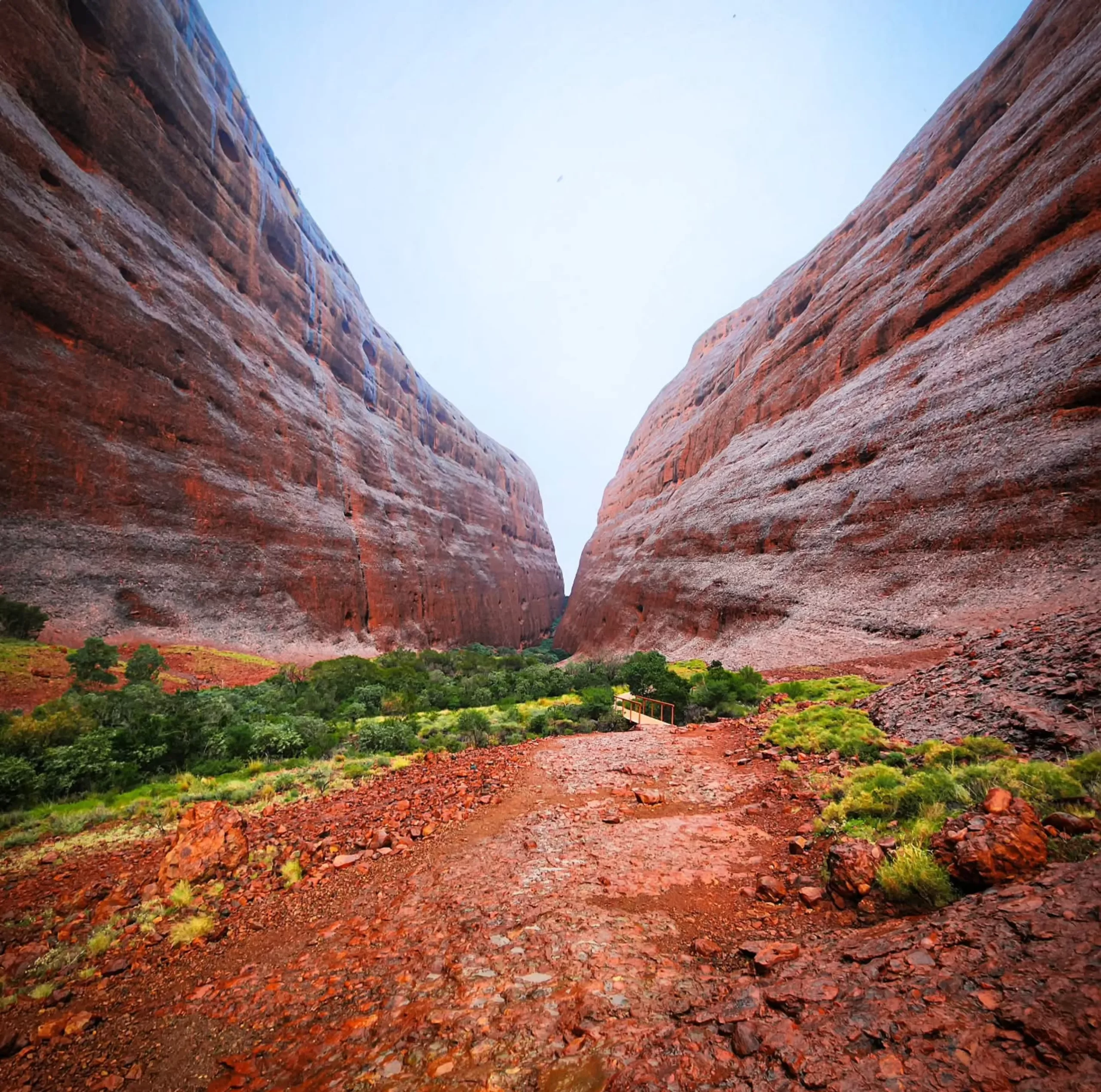
You can technically touch Uluru but doing so without cultural sensitivity ignores its spiritual significance to the Anangu Aboriginal people. Instead engage with the cultural landscape through enriching experiences like walking trails and learning about ancient rock paintings. Uluru is more than the biggest rock; it’s a living proof of Aboriginal land rights and part of Australia’s ancient culture. William Gosse who first saw Uluru in 1873 would hardly have believed the facilities we have today. From Harley Davidson Uluru trip to alternative options like Uluru 3 day tour there’s something for everyone.
FAQ
Can I touch Uluru?
Yes you can technically touch Uluru but not allowed to for cultural reasons.
Is Uluru still climbable?
No, climbing Uluru has been closed since 2019.
What’s the best time to visit?
Winter (May-September) is the best time to visit the park.
Can I see rock art?
Yes, Uluru has several rock art sites to see ancestral stories and ancient rock art.
What is the Field of Light?
The Field of Light at Uluru, created by artist Bruce Munro, is a stunning installation of lights set against the arid desert landscape, creating a magical nighttime experience.
